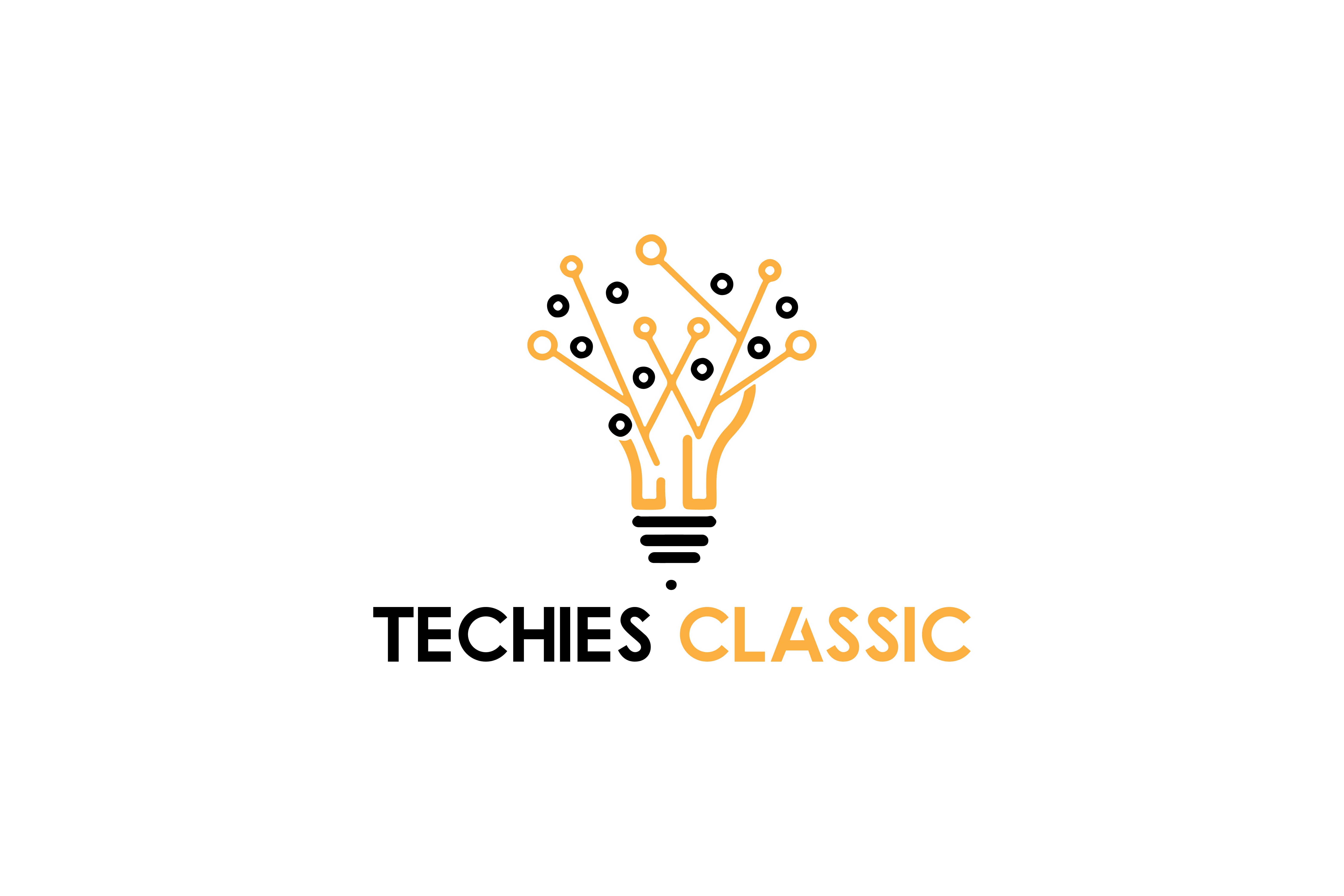Future of Low Code Application Development in 2023 & beyond

Contents [Show]
Step into the captivating world of software development, where a revolution known as low code application development has taken centre stage. Imagine building powerful applications quickly and effortlessly, all with minimal coding. As we stride confidently into 2023, armed with the latest statistics and insights, we embark on a thrilling journey to unravel the future of low code development. Brace yourself for a future where innovation knows no bounds and limitless possibilities.
In this blog post, we will venture into uncharted territory, exploring the trends and predictions that shape the destiny of low code application development. Prepare to be amazed as we unveil the remarkable stats and groundbreaking advancements that define this transformative field.
From integrating cutting edge technologies to infusing artificial intelligence, we will unravel the secrets of this fast-evolving landscape. Join us as we discover how low code development is set to revolutionize how applications are built and redefine the boundaries of what's possible. The future is beckoning, and it's time to answer the call. Are you ready to dive into a world where innovation takes centre stage, and coding becomes a breeze? Let's begin.
Future of Low Code Application Development
Artificial Intelligence Integration:
One of the key trends in the future of low code application development is the integration of artificial intelligence (AI). These technologies, such as machine learning and natural language processing, can enhance the capabilities of low code platforms by automating repetitive tasks, making intelligent recommendations, and improving the user experience.
With AI integration, low code platforms can offer intelligent code generation, automatic data mapping, and even predictive analytics. This enables developers to focus on higher-level tasks, such as application logic and user experience design, while leveraging AI to streamline development processes and improve application performance.
Expansion of Pre-Built Components and Templates:
The future of low code application development will see an increase of pre-built components and templates available within low code platforms. As the low code ecosystem grows, developers will have open passage to a wider range of pre-built functionalities, such as user authentication, data visualization, and third-party integrations.
This expansion will accelerate development cycles and allow developers to leverage pre-existing solutions rather than building everything from scratch. Moreover, the availability of templates for specific industries or use cases will further simplify and speed up application development. Organizations will be able to create tailored applications quickly by customizing these templates, reducing development efforts and time-to-market.
Mobile First Development:
With the increasing dominance of mobile devices, the future of low code application development will prioritize mobile-first development. Low code platforms will provide mobile-specific features and capabilities, enabling developers to build responsive and intuitive applications for various mobile platforms.
This shift towards mobile-first development aligns with the growing demand for mobile applications and ensures organizations can effectively engage with their mobile users. Low code platforms will offer intuitive mobile UI builders, device-specific testing capabilities, and seamless integration with mobile frameworks, empowering developers to create high-quality mobile applications efficiently.
Integration with Emerging Technologies:
As emerging technologies gain traction, the future of low code application development will witness increased integration with these innovations. Low code platforms will seamlessly integrate with technologies such as Internet of Things (IoT), blockchain, augmented reality (AR), and virtual reality (VR). This integration will enable developers to build applications that leverage the power of these technologies without requiring extensive coding knowledge.
For example, low code platforms could offer drag-and-drop interfaces for IoT sensor integration or provide pre-built smart contract components for blockchain applications. By integrating with emerging technologies, low code development will become even more versatile and future-proof, allowing organizations to capitalize on the latest technological advancements and deliver innovative applications.
Collaboration and Citizen Development:
Collaboration and citizen development will continue to be integral to the future of low code application development. Low code platforms will enhance collaboration features, allowing business users, IT teams, and citizen developers to work together seamlessly. Real-time collaboration tools, shared workspaces, and version control mechanisms will enable cross-functional teams to collaborate effectively, fostering innovation and agility.
Moreover, low code platforms will empower citizen developers without extensive coding knowledge to actively participate in the development process. Citizen developers will be able to contribute their domain expertise and create applications using intuitive low code tools. Promoting collaboration and citizen development will make low code application development more inclusive and drive more incredible organizational innovation.
Conclusion:
The future of low code application development is brimming with exciting possibilities. With the integration of artificial intelligence, expansion of pre-built components, mobile-first development, integration with emerging technologies, and a focus on collaboration and citizen development, low code platforms will revolutionize the way applications are built.
Organizations will benefit from accelerated development cycles, increased productivity, and the ability to leverage cutting-edge technologies without extensive coding expertise. As the low code ecosystem evolves, organizations embracing these trends and predictions will gain a competitive edge, delivering innovative and high-quality applications that meet the ever-changing digital landscape needs.


0 Comments